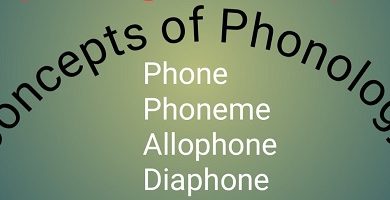What is phonological transcription/with its rules
Phonological transcription
Phonological transcription is the way to represent the sound elements in writing minimum necessary to correctly capture a sentence. These minimum elements are The ones you’ve studied: phonemes, accents, pauses and intonation.Remember that phonemes are abstract units, they are not real sounds. So, the Phonological transcription does not represent the actual pronunciation of the phrase, but the pronunciation “ideal”. Then, each person, at each moment, will pronounce that phrase with different nuances in this sense, phonetic transcription is much more accurate than phonological (remember the difference between phonology and phonetics), since phonetics tries to represent with much more detail the material characteristics of each sound.
we will discuss Phonological transcription and its description here that is important to understand.
phonemes, you have to follow the following rules:
- a) Punctuation marks:Phonological transcription uses oblique bars (/) to represent pauses: a bar for commas (/), two for periods (//), three for the end of text (///). Instead, we will use the punctuation marks normal. We will only put an oblique bar at the beginning of the text and another at the end.
- b) Capital letters:In the oral language, there are no capital letters, so we will not use capital letters in any of the normal spelling uses. We will not write capital letters neither at the beginning of the text, nor after period or in proper names. The only capital letters that we will use will be L, N and R, in the cases of neutralization that We will explain later. What is phonological transcription?
- c) Accents:In the transcription we must represent all the main accents of the phrase, although not spelling tilde. Review the accent section to Remember which words always retain the accent and which ones lose it. Of all modes, it is very complicated, and some experience is needed to decide which are the necessary accents in each specific sentence.
- d) Neutralization and archiphoneme:When they appear at the end of the syllable, there are three pairs of phonemes that are neutralized, that is, they lose their distinctive characteristics; is say, stop differentiating each other. In this way, we consider that a new one emerges phoneme formed by the common features of these pairs of phonemes. These “new” phonemes are called archiphonemes and are represented with the corresponding uppercase (L, N, R). In this picture you will understand better: What is phonological transcription?
After reading it we have a clear understanding of Phonological transcription and its description.

